How to make a restaurant schedule? Scheduling in a restaurant is a multifaceted task that requires careful consideration of various factors to ensure smooth operations and optimal staff performance. In this guide, we will explore the essential steps and strategies for creating an effective restaurant schedule that meets the needs of both the establishment and its employees.
Understanding Your Restaurant’s Needs
Before diving into the scheduling process, it’s crucial to gain a thorough understanding of your restaurant’s unique needs and dynamics. Factors such as peak hours, seasonal variations in demand, and special events can significantly impact staffing requirements. Analyze historical data, gather input from key staff members, and conduct a thorough assessment of your restaurant’s operations to inform your scheduling decisions effectively.
Identifying Key Positions and Roles
Begin by identifying the key positions and roles essential for running your restaurant efficiently. This typically includes front-of-house staff (servers, bartenders, hosts/hostesses) and back-of-house staff (chefs, line cooks, dishwashers). Determine the optimal number of staff needed for each role based on factors such as table turnover rates, average order volume, and kitchen capacity.
Assessing Employee Availability
Once you have a clear understanding of your staffing needs, gather availability information from your employees. Utilize scheduling software or spreadsheets to streamline this process and ensure accuracy. Take into account factors such as employee preferences, time-off requests, and legal regulations regarding maximum working hours to create a schedule that meets both business and employee needs.
Creating a Flexible Schedule Template
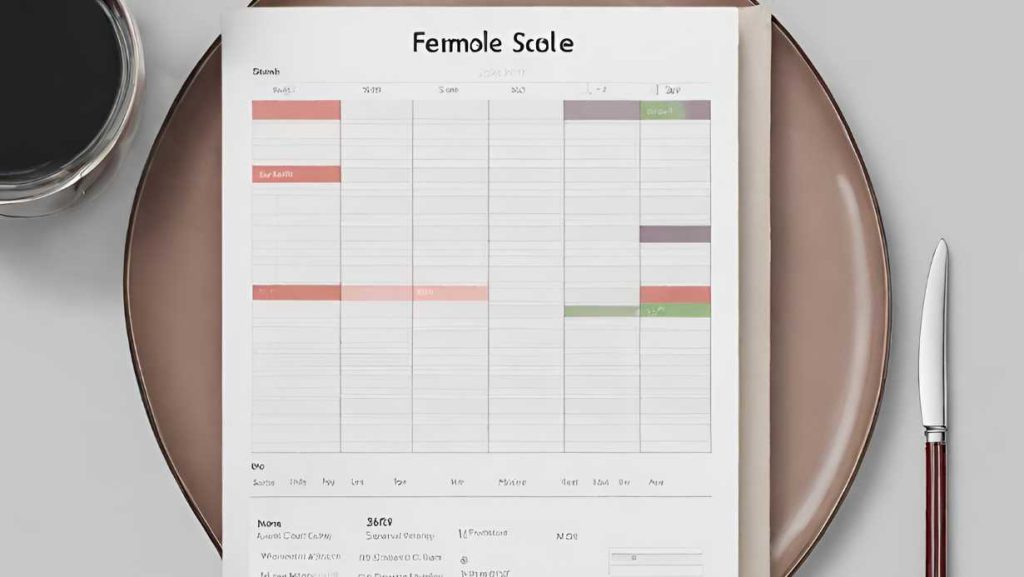
Develop a flexible schedule template that can accommodate the fluctuating demands of your restaurant. Consider implementing rotating shifts, split shifts, and staggered start times to optimize staff coverage during peak hours. Factor in breaks, rest periods, and overtime regulations to prevent burnout and ensure compliance with labor laws.
Balancing Skills and Experience
Strive to balance skills and experience across different shifts and stations when assigning shifts. Mix seasoned veterans with newer staff members to foster mentorship and skill development. Take note of employees’ strengths and weaknesses to assign them to roles where they can excel and contribute to overall efficiency.
Communicating Effectively
Transparent communication is essential for a successful scheduling process. Clearly communicate shift assignments, expectations, and any changes well in advance to avoid confusion and minimize last-minute scheduling conflicts. Encourage open dialogue between management and staff to address concerns and accommodate individual needs whenever possible.
Utilizing Technology
Leverage technology to streamline the scheduling process and minimize errors. Scheduling software and digital tools offer features such as shift swapping, automated notifications, and real-time updates, improving efficiency and adaptability. Utilize data analytics to track labor costs, monitor performance, and identify areas for optimization.
Monitoring and Adaptation
Regularly monitor your restaurant schedule and gather feedback from both staff and customers to identify areas for improvement. Keep an eye on key performance indicators such as labor cost percentage, employee turnover rates, and customer satisfaction scores. Be prepared to make adjustments to your schedule as needed to address emerging challenges and capitalize on opportunities for growth.
Final Words on How to Make A Restaurant Schedule
Creating an effective restaurant schedule requires careful planning, communication, and adaptability. By understanding your restaurant’s needs, leveraging technology, and prioritizing employee satisfaction, you can develop a schedule that fosters productivity, efficiency, and ultimately, success. With these strategies in place, you’ll be well-equipped to navigate the complexities of restaurant scheduling and ensure a seamless dining experience for your customers.

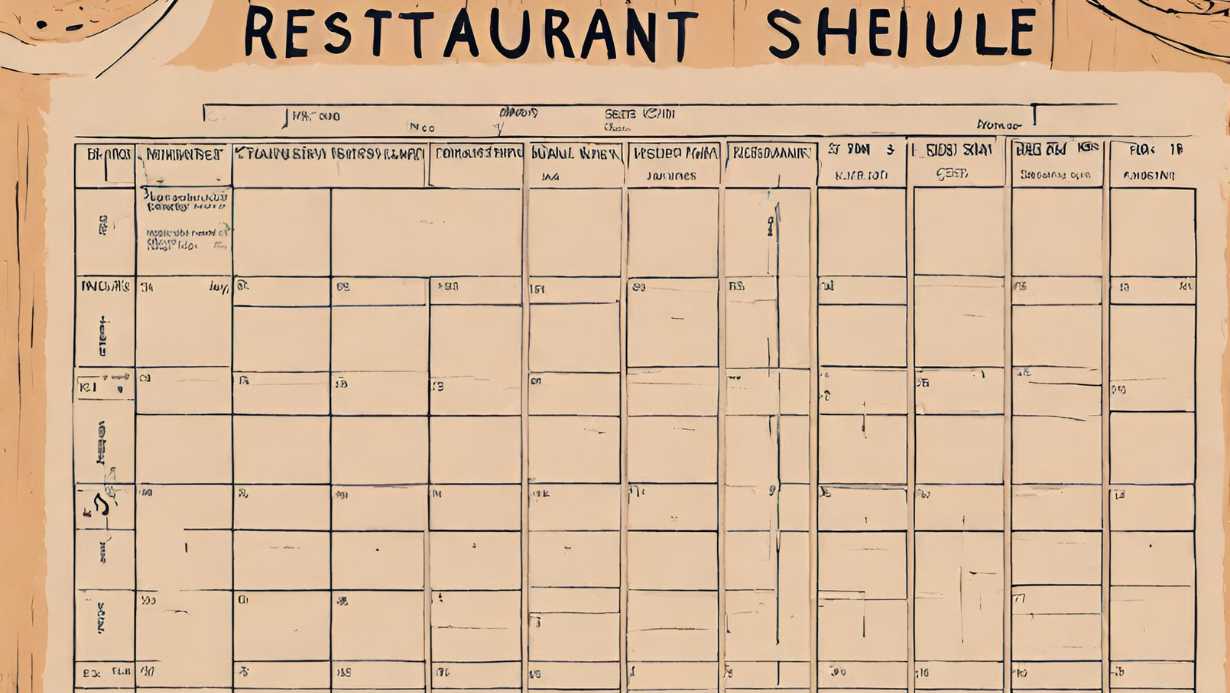

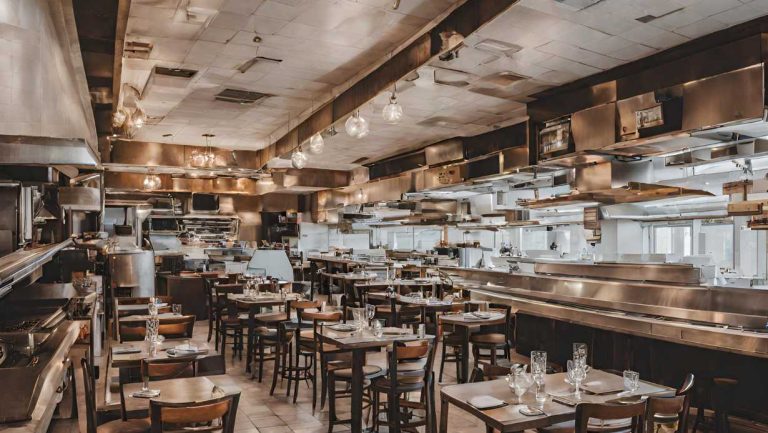
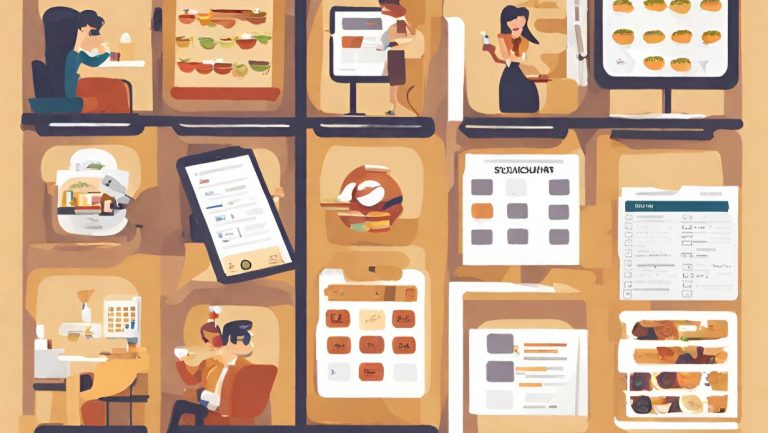
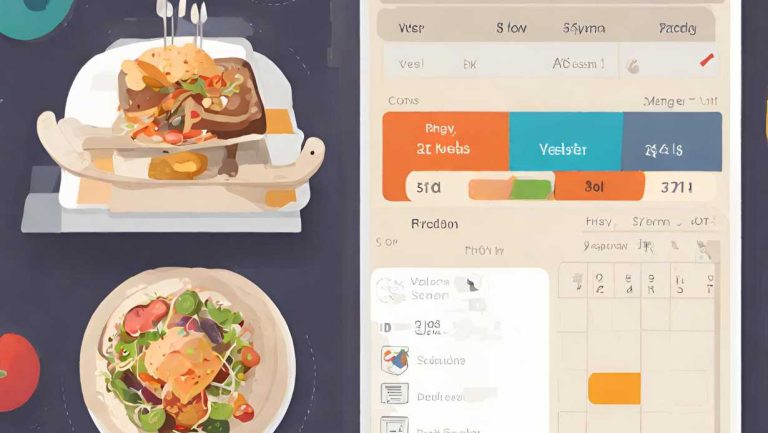


2 Comments